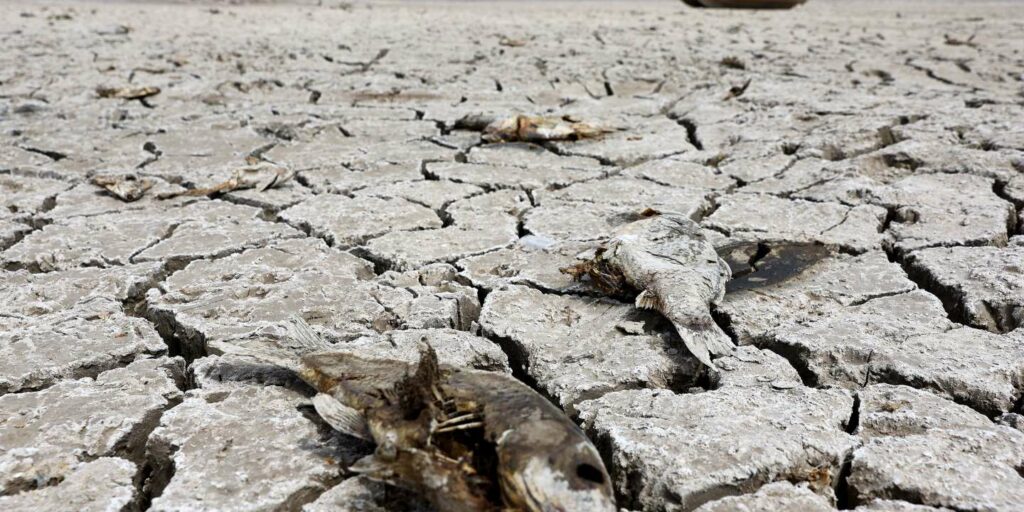There is a one in two chance that the average annual global temperature will temporarily be 1.5°C above pre-industrial values for at least one of the next five years, the United Nations (UN) announced on Tuesday. May 10.
A temporary crossing of this threshold over a year is not, however, synonymous with a lasting overrun of the said threshold, in the sense understood by the Paris climate agreement. This agreement aims to keep the increase in global average temperature well below 2°C above pre-industrial levels and if possible to 1.5°C.
According to a new climate bulletin published on Tuesday by the United Nations World Meteorological Organization (WMO), the probability of a temporary exceedance of the 1.5°C threshold has increased steadily since 2015, the year where this risk was close to zero.
The effects of the climate will be more and more harmful
For the years between 2017 and 2021, the probability of exceedance was 10%. She has passed « nearly 50% for the period 2022-2026 », says the WMO. But there is only a small probability (10%) that the five-year average exceeds the threshold of + 1.5°C.
WMO Secretary General Petteri Taalas explained:
“This study shows, with great scientific reliability, that we are getting significantly closer to the moment when we will temporarily reach the lower limit of the Paris agreement. The 1.5°C figure is not a randomly chosen statistic. It indicates the point at which the effects of the climate will be increasingly harmful for populations and for the entire planet.. »
“As long as we continue to emit greenhouse gases, temperatures will continue to rise. At the same time, our oceans will continue to warm and acidify, sea ice and glaciers will continue to melt, sea levels will continue to rise, and extreme weather will continue to intensify.”, he warned. He pointed out that the warming of the Arctic is « particularly marked »even as the conditions prevailing in this region have repercussions on the entire planet.
“The rise in global temperature will continue”
According to this bulletin on annual to decadal forecasts of global climate, produced by the Met Office of the United Kingdom (Met Office), which is WMO’s main center for this type of forecast, it is very likely (93%) that at least one of the years between 2022 and 2026 becomes the hottest on record.
This peak is currently held by the year 2016, which had been marked by a powerful El Niño episode, a natural oceanic phenomenon that leads to a rise in temperatures.
There is also a 93% chance that the average temperature for the period 2022-2026 will be higher than that of the last five years (2017-2021).
Dr Leon Hermanson of the Met Office, who edited the bulletin, believes that these forecasts show that « The rise in global temperature will continue ». But he notes: “A single year of exceeding the 1.5°C threshold does not mean that we will have crossed the emblematic threshold of the Paris agreement. However, it is a sign that we are getting closer to a scenario where the 1.5°C threshold could be exceeded for an extended period. »
In 2021, the planet’s average temperature will be 1.11°C above the benchmark pre-industrial era, according to a recent WMO report on the state of the global climate. The final version of the document will be published on May 18.
According to the WMO, successive La Niña episodes in early and late 2021 led to cooling global temperatures, « but this is only temporary and does not reverse the trend of global warming in the long term ». The appearance of an El Niño episode would immediately contribute to the increase in temperatures.

